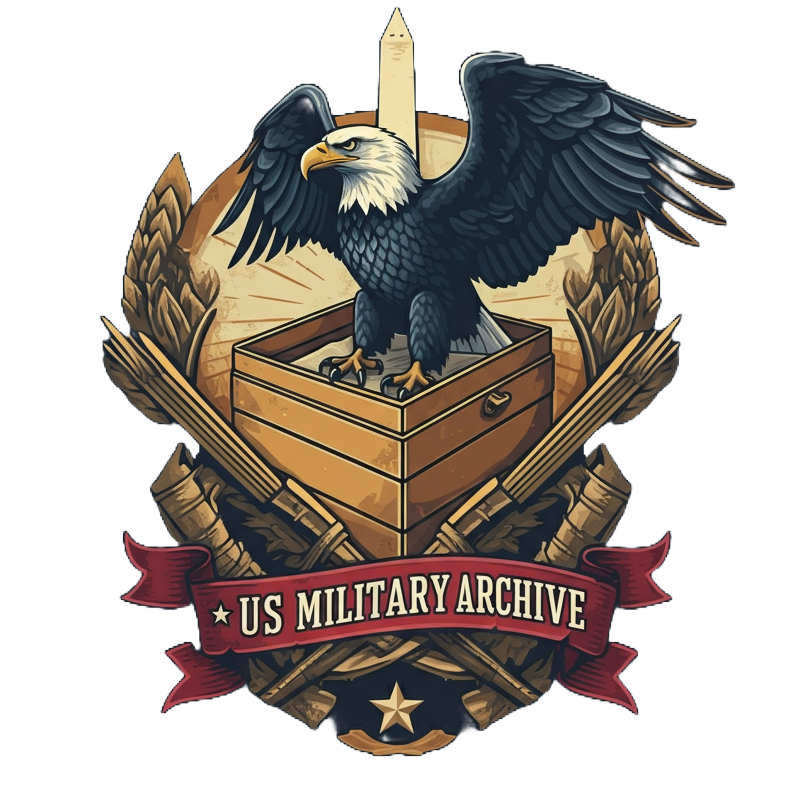Article Text
The Genesis of Airborne Reconnaissance: Military Ballooning in the Early American Republic
The nascent United States, during its early national era, grappled with defining its military strategies and establishing its defense infrastructure. While a formal "Air Force" was still far in the future, the seeds of aerial warfare were sown with the adoption of a revolutionary technology: the balloon. This article explores the significant logistical and design challenges inherent in early military ballooning during this period, emphasizing the impact of leadership decisions on their adoption and implementation.
The use of balloons for military observation wasn't unique to the US; European powers had already begun experimenting with them. However, the fledgling American nation faced distinct challenges due to its limited resources and industrial base. Leadership decisions regarding resource allocation, research, and development became critical factors in shaping the trajectory of early American military ballooning.
Constructing these early balloons presented immediate logistical hurdles. The primary materials—silk or linen for the envelope and hemp or other natural fibers for ropes and netting—were often scarce or of inconsistent quality. Sourcing these materials in sufficient quantities and ensuring their suitability for balloon construction, including lightness and durability, posed significant challenges. The quality of these materials directly influenced the balloon's performance, affecting lift capacity, weather resistance, and mission success. Leadership decisions regarding material procurement and processing, often made under budgetary and time constraints, were thus crucial.
Inflating the balloons presented another set of logistical complexities. Hydrogen, the preferred lifting gas due to its low density, was difficult and dangerous to produce and handle. Generating hydrogen required specialized equipment and expertise, while its transportation and storage posed considerable safety risks. Hot air offered a simpler alternative, but required substantial quantities of fuel and reliable heating mechanisms, introducing their own logistical demands. Leadership decisions regarding the inflation method—hydrogen or hot air—were influenced by resource availability, technical expertise, and specific operational requirements.
Controlling a balloon's movement once airborne proved equally challenging. Early balloons lacked effective steering mechanisms, their trajectory largely at the mercy of prevailing winds. Pilots could attempt to influence horizontal movement by changing altitude to catch different wind currents, but this method was imprecise and unreliable. The limited technology also made balloons vulnerable to adverse weather, including strong winds, rain, and temperature fluctuations. Meticulous pre-flight planning and careful weather observation were essential, but ultimately, control remained limited. These limitations underscored the need for further technological advancements and strategic adaptations in utilizing balloons effectively.
The logistical constraints of materials, inflation, and control directly impacted the feasibility and effectiveness of early military ballooning. Leadership decisions, from funding research and development to deploying balloons in specific operations, shaped the development and application of this nascent technology. These early forms of aerial observation represent a critical step in the evolution of information warfare. The ability to observe enemy positions, assess troop movements, and gain a strategic overview of the battlefield, however limited by the technology, provided a significant advantage. This nascent form of intelligence gathering laid the foundation for the sophisticated information-driven warfare of the modern era. The challenges and innovations of early American military ballooning underscore the enduring importance of logistical planning, technological adaptation, and strategic leadership in military endeavors.
Files
There are no files available.

